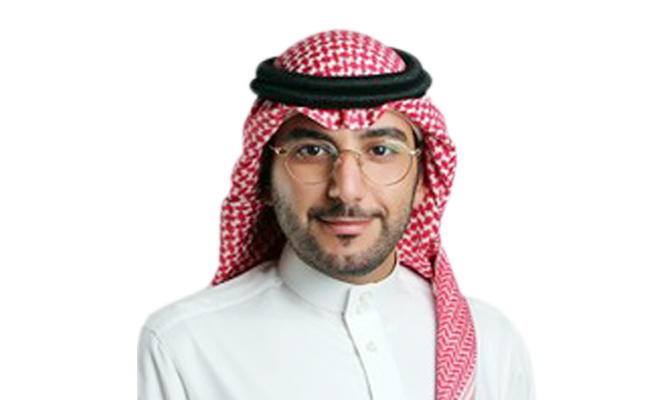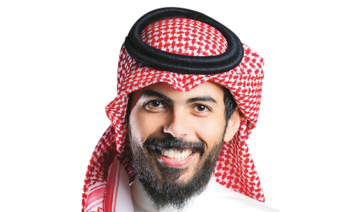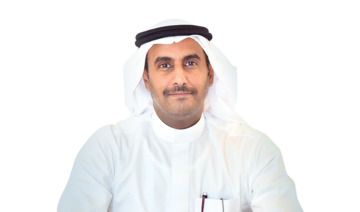Meshal Al-Harasani is a Saudi inventor who is also an adviser at King Abdul Aziz University (KAU), Jeddah.
With an MBA from the University of Business and Technology, Al-Harasani did studied at Harvard University in 2013, and joined the International Visitor Leadership Program at the US Department of State a year later. He has also spent time studying at King’s College, London and the University of Middlesex.
He is a member of the American Society of Inventors, chairman of the Committee for International Cooperation and executive member at the Arab League’s Arab Youth Council.
Al-Harasani is currently working on creating a digital tool for the visually impaired to facilitate reading the Holy Qur’an.
For the 30-year-old inventor, it is the latest in a series of creations he has been making since he was 13. It is an electronic board with 28 characters, each character with six braille letters, and the board page contains 28 rows.
With this new creation, the visually impaired can read the Qur’an and navigate through the pages easily.
Al-Harasani, who is credited with more than 50 inventions in various humanitarian and social fields, is also member of a team of Saudi inventors who came up with an innovation that can generate electricity for NEOM City.
In January this year, he announced the completion of the first phase of the invention, designed to produce electricity from kinetic energy, or the energy from motion of vehicle tires passing on the road.
The design involves ramp-steps integrated in the pavement with turbines operating to harvest energy from car tires passing over them.
Energy generated from the pressure and speed of vehicles in traffic is then converted to electricity.














